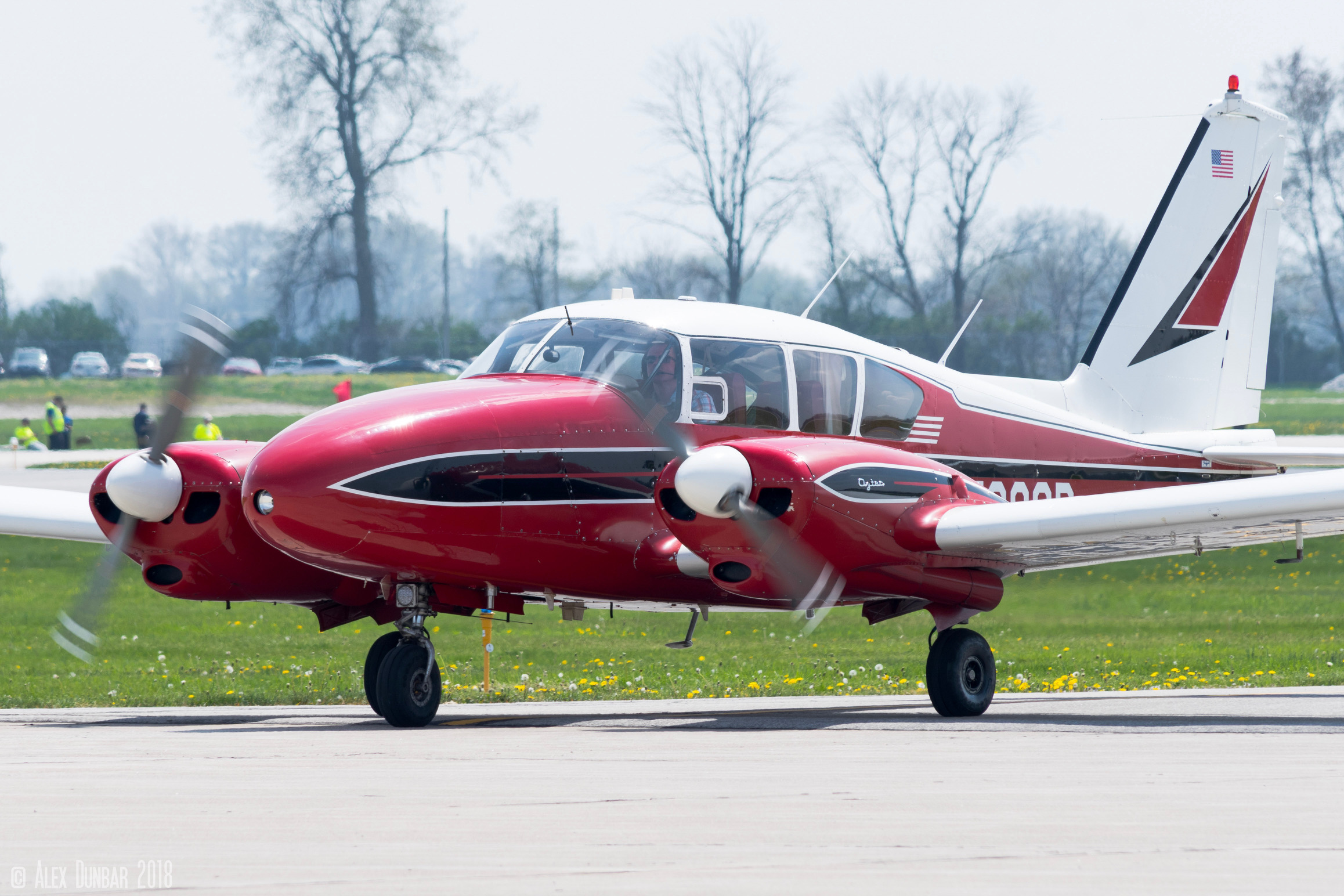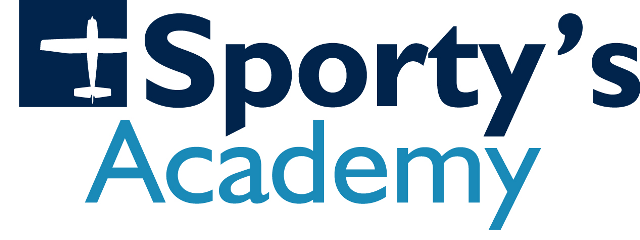AERONAUTICAL INFORMATION MANUAL (AIM) CHANGE 3 PUBLISHED
 FAA recently published Change 3 of the AIM. Changes include a complete rewrite of Navaid service volumes (1-1-8). Significant changes include an updated explanation of Standard Service Volumes (SSVs), revised tables that incorporate new classes of VOR and DME, and new graphics depicting the new SSVs. FAA recently published Change 3 of the AIM. Changes include a complete rewrite of Navaid service volumes (1-1-8). Significant changes include an updated explanation of Standard Service Volumes (SSVs), revised tables that incorporate new classes of VOR and DME, and new graphics depicting the new SSVs.
Weather paragraphs pertaining to resources have been updated to remove references to services no longer provided such as TIBS and TWEB. Paragraph 6-1-1 (Pilot Responsibility and Authority) has also been updated to include consideration for autoland and emergency systems that could be installed in certain aircraft.
Read the complete Change 3 summary here.
Access the current AIM here.
|
PILOTS MUST WAIT 48 HOURS AFTER RECEIVING COVID-19 VACCINES
Vaccines from Pfizer and Moderna require wait after each dose
 With the approval of the COVID-19 vaccinations from both Pfizer and Moderna, FAA published its policy with respect to FAA medical validity following the vaccine and has determined pilots must wait 48 hours after receiving the vaccine before exercising the privileges of their certificate. With the approval of the COVID-19 vaccinations from both Pfizer and Moderna, FAA published its policy with respect to FAA medical validity following the vaccine and has determined pilots must wait 48 hours after receiving the vaccine before exercising the privileges of their certificate.
“Holders of FAA-issued Airman Medical Certificates or Medical Clearances may receive the [Pfizer and Moderna] COVID-19 vaccine; however, a 48-hour no fly/no safety related duty interval must be observed after each dose.”
Because the vaccines require two doses for maximum effectiveness, this waiting period applies after each dose.
The FAA anticipates taking no additional measures to ensure safety after the initial window for side effects closes; however, medical professionals will continuously monitor the initial distribution and documented clinical results and will adjust these recommendations as needed.
The FAA will evaluate vaccines from other manufacturers as they receive FDA authorization in the coming weeks and months and will advise pilots of any waiting periods required for those vaccines.
|
5 MOST POPULAR ARTICLES FROM 2020
From Sporty’s Student Pilot News
 2020 taught us a lot about patience, perseverance and determination – a year like no other and one that many of us our happy to see fade into the sunset. We know from your participation at StudentPilotNews.com, that, during the challenging year, the general aviation community was a beacon of trust, stability and hope. We’re pleased to offer our 5 most popular articles of 2020. 2020 taught us a lot about patience, perseverance and determination – a year like no other and one that many of us our happy to see fade into the sunset. We know from your participation at StudentPilotNews.com, that, during the challenging year, the general aviation community was a beacon of trust, stability and hope. We’re pleased to offer our 5 most popular articles of 2020.
Here’s to blue skies and tailwinds ahead…
1. Top 5 taxiing mistakes – Learning to move the aircraft around on the ground can be just as difficult as learning steep turns. And it’s nothing to be ashamed of because it’s common and taxiing is not natural. It’s nothing like driving a car, and can be frustrating zigzagging down the taxiway or making turns too sharp or shallow until you’ve mastered the skill. Here are the top 5 mistakes I see routinely at our home airport. An awareness of the most common mistakes will have you mindful and vigilant on your next flight.
2. Microsoft Flight Simulator 2020: the next-gen VFR trainer
3. 10 aviation activities to get you through COVID-19
4. VFR Flight Following, a pilot’s guide
5. 6 professional development tips for aspiring pilots
Read more at Sporty’s StudentPilotNews.com
|
FAA MEDICALS AND BASIC MED AT SPORTY’S
Scheduling now for 2021
FAA Aviation Medical Examiner, Dr. John Held, offers aviation medical exams and basic med evaluations at Sporty’s Clermont County Airport on select Saturdays. The cost of the exam is $120. An EKG (if required) is subject to an additional $35 fee.
|
DATE
|
TIME
|
|
Saturday, January 23
|
9am – 1pm
|
|
Saturday, February 6
|
9am – 1pm
|
|
Saturday, March 13
|
9am – 1pm
|
To schedule, please call Sporty’s at 513.735.9100 ext. 0.
For pilots pursuing Basic Med, the required online training is available through two approved sources – AOPA and Mayo Clinic.
|
FAA POSTS NEW WINTER WEATHER RUNWAY SAFETY VIDEO
Failure to properly prepare for and execute appropriate cold weather airport operations has led to runway incursions, resulting in collisions with snow removal or maintenance operators, and serious runway excursion accidents. To help address these issues, the FAA recently posted a new safety video that focuses on airport surface operations during winter weather.
Risk factors like contaminated surfaces, strong winds, and snow drifts can severely impact a pilot’s ability to operate safely. This video highlights some of the systems and initiatives in place to help pilots better understand surface conditions at their airport, and how they could affect performance. These include Field Condition (FICON) NOTAMs, the Takeoff and Landing Performance Assessment (TALPA), and the Runway Condition Assessment Matrix (RCAM). It’s better to “know before you go,” so check out this video today.

|
VIDEO TIP: CLASS B AIRSPACE
Class B airspace surrounds the busiest airports, which means there are some important restrictions to remember any time you’re operating within it – or underneath it. In this week’s video tip, we review how Class B airspace works, what you need to do to fly legally in it and how to stay safe. Take four minutes and get current today.

|
CERTIFICATES, RATINGS AND SOLOS
Congratulations on recent achievements at Sporty’s Academy

WATCH RYAN’S FIRST SOLO VIDEO

WATCH BEN’S FIRST SOLO VIDEO

WATCH SARA’S FIRST SOLO VIDEO

WATCH RAIDER’S FIRST SOLO VIDEO

WATCH ALLAN’S FIRST SOLO VIDEO |

|
|
Safe Flying!

Phone: 513.735.9500
Website: www.SportysAcademy.com
Blog: www.StudentPilotNews.com
FB: www.facebook.com/SportysAcademy
Twitter: www.twitter.com/SportysAcademy |
| Copyright 2021, Sporty’s Academy, Inc. |
|
|